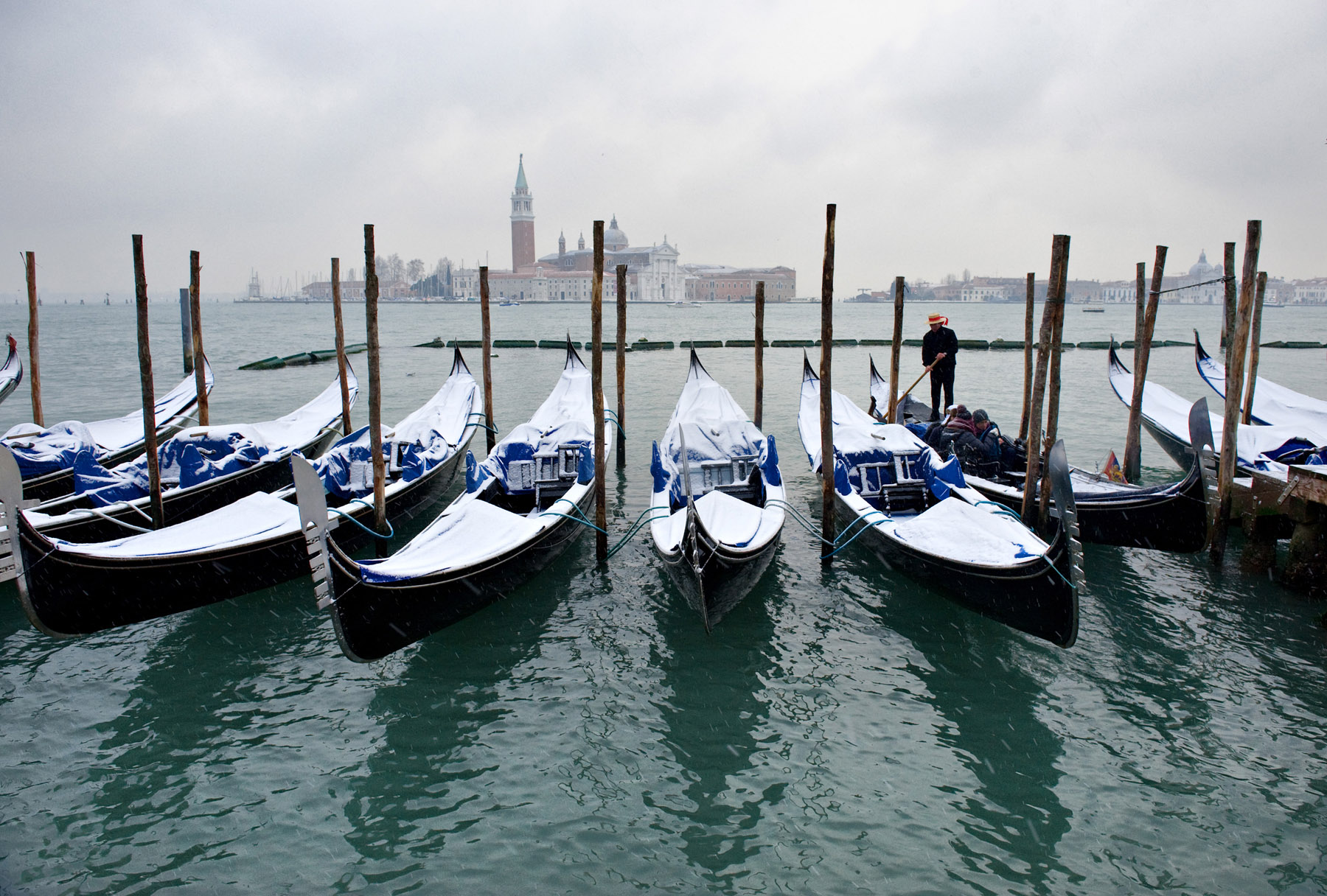Venice is a city of unparalleled beauty and charm. With its intricate waterways, stunning architecture, and rich cultural heritage, it is a photographer's paradise. Whether you are a professional photographer or a hobbyist, attending a photography workshop in Venice can offer numerous advantages.
In this post, we will explore the benefits of attending a photography workshop in Venice. We will discuss the types of workshops available, what you can expect to learn, and how you can benefit from the experience.
Advantages of a Photography Workshop in Venice:
Professional Guidance:
One of the most significant advantages of attending a photography workshop in Venice is the professional guidance you will receive. Experienced photographers will lead the workshop, and they will offer you valuable insights and tips on how to capture the best images.
Learn New Skills:
A photography workshop in Venice is an excellent opportunity to learn new skills and techniques. You will receive expert guidance on composition, lighting, and exposure, and you will be able to practice these skills in the field.
Access to Beautiful and non Touristic Locations:
Venice is a city of stunning beauty, and a photography workshop will give you access to some of the most beautiful locations in the city. You will have the opportunity to capture images of iconic landmarks such as St. Mark's Basilica, the Grand Canal, and the Rialto Bridge.
Personal Growth:
Aside from the technical aspects of photography, attending a workshop in Venice can also offer personal growth. Being immersed in a new environment and learning from experienced photographers can help you develop your unique style and approach to photography. Additionally, it can be a chance to challenge yourself creatively and push past your comfort zone. This growth can translate to other areas of your life and make you a more well-rounded and confident.
Immersion in the Culture:
Venice has a rich cultural heritage, and attending a photography workshop in the city will give you the opportunity to immerse yourself in its culture. You can explore the city's history, art, and architecture and capture images that reflect its unique character.
Types of Photography Workshops in Venice:
There are different types of photography workshops available in Venice, depending on your level of experience and interests. Some of the most popular workshops include:
Landscape Photography Workshops:
Landscape photography workshops focus on capturing the beauty of Venice's natural scenery. You will learn how to use different lenses and filters to capture stunning images of the city's canals, lagoons, and islands.
Street Photography Workshops:
Street photography workshops focus on capturing the everyday life and culture of Venice. You will learn how to capture candid images of people, architecture, and street scenes.
Black and White Photography Workshops:
Black and White photography workshops focus on capturing the beauty of Venice at night. You will learn to use different lighting techniques to capture stunning images of the city's landmarks and streetscapes.
FAQs:
Do I need to have prior photography experience to attend a photography workshop in Venice?
No, you don't need to have prior photography experience to attend a photography workshop in Venice. Workshops are designed to cater to photographers of all levels, from beginners to advanced.
What type of camera do I need for a photography workshop in Venice?
You can attend a photography workshop in Venice with any camera, from a smartphone to a professional DSLR. However, it is recommended that you bring a camera that allows you to adjust the settings manually.
What is the best time of year to attend a photography workshop in Venice?
The best time of year to attend a photography workshop in Venice is in the spring or fall when the weather is mild and the crowds are fewer.







































